IaC Horror Stories: When Infrastructure Code Goes Wrong
A cautionary tale for data engineers venturing into infrastructure automation
Picture this: You’re a data engineer at a growing startup. Monday morning, 9 AM. Coffee in hand, you check your company Slack and see the CTO’s message in all caps: “WHO RAN WHAT ON AWS LAST NIGHT? WE HAVE A $47,000 BILL.”
This isn’t fiction. This is the reality when Infrastructure as Code (IaC) goes spectacularly wrong.
If you’re a data engineer who’s heard whispers about Terraform, CloudFormation, or “infrastructure automation” but thought it was just a DevOps thing—think again. As data teams increasingly own their cloud infrastructure, understanding what can go catastrophically wrong with IaC isn’t just helpful, it’s essential for your career survival.
Let’s dive into some real-world disasters that’ll make you double-check every Terraform plan before hitting apply.
What Exactly Is Infrastructure as Code (And Why Should You Care)?
Before we get to the horror stories, let’s quickly establish what we’re talking about. Infrastructure as Code is exactly what it sounds like—managing your cloud resources (databases, servers, storage buckets, networks) through code files instead of clicking around in AWS/Azure/GCP consoles.
Think of it like this: instead of manually creating your Snowflake warehouse, S3 buckets, and Airflow cluster by pointing and clicking, you write a configuration file that says “I want these resources with these settings,” and tools like Terraform make it happen automatically.
It’s incredibly powerful for data teams because it means you can:
- Spin up entire data environments in minutes
- Ensure dev, staging, and prod are identical
- Version control your infrastructure changes
- Automatically tear down expensive resources when not needed
But with great power comes great responsibility—and spectacular failure potential.
Horror Story #1: The $43,000 Saturday Night Massacre
A mid-sized e-commerce company’s data engineer—let’s call him Alex—was tasked with setting up a new analytics environment. The deadline was Monday morning, so naturally, he was working over the weekend.
Alex had been using Terraform for a few weeks and felt confident. He wrote a configuration to create some EC2 instances for a Spark cluster. Simple enough, right?
Here’s where it went sideways: Alex made a small typo in his instance count variable. Instead of count = 3, he accidentally wrote count = 30. But here’s the kicker—he also misconfigured the instance type, requesting r5.24xlarge instances instead of r5.large.
When Alex ran terraform apply at 11 PM on Saturday, Terraform dutifully spun up 30 massive instances, each costing about $5.50 per hour. By Monday morning, the bill had racked up over $43,000 for a weekend of unused compute power.
The Real Tragedy: Alex could have caught this with a simple terraform plan review, but he was rushing and didn’t pay attention to the resource summary showing “30 to add” instead of “3 to add.”
What Data Engineers Learn: Always, ALWAYS review your plan output. Terraform shows you exactly what it’s going to create, modify, or destroy. That two-minute review could save your company tens of thousands of dollars.
Horror Story #2: The Great Data Lake Disappearance
Sarah, a senior data engineer at a healthcare analytics firm, was modernizing their infrastructure. They had been manually managing their AWS resources, and leadership finally approved moving to Infrastructure as Code for better governance.
Sarah was migrating their existing S3 data lake—containing three years of patient analytics data (properly anonymized, of course)—into Terraform management. The process seemed straightforward: import existing resources, then manage them through code.
But Sarah made a critical error in her Terraform state management. When she ran her first terraform apply after the import, Terraform didn’t recognize the existing S3 bucket properly. Instead of updating the bucket configuration, it tried to recreate it.
The result? Terraform deleted the production S3 bucket containing 2.4 TB of processed healthcare data. The bucket was gone, along with all the data inside.
The Aftermath: While they had backups, restoring and reprocessing three years of data took two weeks and cost the company a major client who needed real-time access to their analytics dashboard.
The Hidden Problem: Sarah didn’t realize that importing existing resources into Terraform requires extremely careful state management. One small mismatch between your code and the existing resource, and Terraform assumes it needs to replace everything.
What Data Engineers Learn: When importing existing infrastructure, always test on non-critical resources first. Use Terraform’s -target flag to apply changes to specific resources, and always have a complete backup strategy before touching production data stores.
Horror Story #3: The Open Database Catastrophe
Meet Jennifer, a data engineer at a fintech startup. The company was growing fast, and they needed to quickly provision databases for new analytical workloads. Jennifer was tasked with creating Terraform modules that other engineers could use to spin up databases consistently.
Jennifer created what seemed like a solid PostgreSQL RDS module. The configuration looked clean, the documentation was thorough, and initial testing went smoothly. The module was shared across the data team, and soon everyone was using it to create databases for different projects.
Three months later, their security team ran a routine audit and discovered something terrifying: 12 production databases were accessible from the public internet with default passwords. Customer financial data, transaction histories, and personal information were sitting on publicly accessible databases.
How It Happened: Jennifer’s Terraform module had a default setting that allowed public access, intending for developers to override it for production use. But the default configuration was publicly_accessible = true with a weak default password. Most engineers using the module didn’t realize they needed to explicitly override these settings.
The Damage: Regulatory fines, emergency security audits, customer notification requirements, and a complete infrastructure review that took six months. The startup’s Series B funding round was delayed by eight months while investors assessed the security implications.
What Data Engineers Learn: Secure defaults are everything. When creating reusable infrastructure modules, assume people will use the defaults. Make the secure option the easy option, not something people have to remember to configure.
Horror Story #4: The Cascading Failure Friday
David, a data platform engineer at a media company, was feeling confident about their infrastructure automation. They had been using Terraform successfully for months, with proper code reviews, testing environments, and approval processes.
On a Friday afternoon (red flag #1), David was deploying what seemed like a routine update—changing the instance type for their Airflow workers to handle increased workload. The change had been tested in staging and approved by the team.
But David’s Terraform configuration had an overlooked dependency chain. The Airflow workers were connected to an Auto Scaling Group, which was connected to a Launch Template, which referenced a Security Group. When Terraform tried to update the instance type, it determined it needed to recreate the Launch Template.
Recreating the Launch Template triggered the Auto Scaling Group to cycle all instances. But here’s where it got worse: the new instances couldn’t connect to the database because the security group update hadn’t propagated properly. The Auto Scaling Group kept terminating “unhealthy” instances and spinning up new ones that also couldn’t connect.
Within 20 minutes, they had:
- No functioning Airflow workers
- 47 failed EC2 instances piling up costs
- All scheduled data pipelines failing
- Real-time dashboards going dark
The Weekend That Wasn’t: David spent his entire weekend manually fixing the cascading failures, rolling back changes, and explaining to executives why customer-facing analytics were down for 18 hours.
What Data Engineers Learn: Understand the dependency chains in your infrastructure. Small changes can have massive ripple effects. Always have a tested rollback plan, and never deploy significant infrastructure changes on Fridays.
The Common Threads: Why Smart Engineers Make These Mistakes
Looking at these horror stories, you might think, “I’m not that careless.” But here’s the uncomfortable truth: all of these engineers were competent, experienced professionals. They made mistakes that any of us could make.
The patterns that keep appearing:
Time Pressure Creates Shortcuts: Every single disaster happened when someone was rushing. Weekend deployments, tight deadlines, “quick fixes”—they all create conditions where careful review gets skipped.
Infrastructure Has Hidden Complexity: Unlike application code where a bug might crash one function, infrastructure mistakes can cascade across entire systems. One misconfigured security group can expose dozens of databases.
Defaults Are Dangerous: Most IaC tools are designed for flexibility, not security. The easy path is often the insecure or expensive path.
State Management Is Unforgiving: Unlike application deployments where you can usually roll back easily, infrastructure changes can permanently delete data or create security vulnerabilities that are difficult to detect.
Prevention Strategies That Actually Work
After talking to dozens of data engineers who’ve lived through IaC disasters (and a few who’ve caused them), here are the strategies that consistently prevent catastrophes:
The Two-Person Rule
Never apply infrastructure changes alone. Always have someone else review your terraform plan output. Fresh eyes catch things you’ve been staring at for hours. Some teams require two approvals for any production infrastructure changes.
The Friday Freeze
Implement a policy: no infrastructure changes after Wednesday unless it’s a genuine emergency. Give yourself buffer time to fix problems without ruining weekends.
Cost Alerts That Actually Alert
Set up AWS/Azure/GCP billing alerts at multiple thresholds. If your monthly bill is usually $5,000, set alerts at $7,000, $10,000, and $15,000. Make sure they go to phone numbers, not just email.
Test Everything in Staging First
This sounds obvious, but it’s often skipped. Your staging environment should be as close to production as possible. If you can’t afford to replicate production fully, at least test the riskiest components.
Master the Art of Incremental Changes
Instead of deploying 15 changes at once, deploy them one by one. Use Terraform’s -target flag to apply changes to specific resources first. If something breaks, you know exactly what caused it.
Backup Before You Touch
Before importing existing resources or making major changes, take snapshots of databases, backup S3 buckets, and document your current configuration. Recovery is much faster when you have a known good state to return to.
The Bottom Line: Infrastructure Code Is Still Code
Here’s what every data engineer needs to understand: Infrastructure as Code isn’t just a DevOps tool—it’s becoming a core skill for data professionals. As data teams take more ownership of their infrastructure, the ability to safely manage cloud resources through code is becoming as important as writing SQL or Python.
But unlike a bug in your data pipeline that might delay a report, infrastructure mistakes can cost tens of thousands of dollars, expose sensitive data, or bring down entire systems.
The good news? Most disasters are preventable with simple practices: careful review, incremental changes, proper testing, and healthy paranoia about what could go wrong.
The horror stories we’ve shared aren’t meant to scare you away from Infrastructure as Code—they’re meant to help you approach it with the respect it deserves. Every data engineer who’s successfully automated their infrastructure has a few near-miss stories of their own.
Your action items for this week:
- If you’re using IaC, review your cost monitoring and backup strategies
- If you’re planning to adopt IaC, start with non-critical resources and build your confidence gradually
- Either way, remember that infrastructure mistakes are often irreversible—plan accordingly
The power to spin up entire data environments with a few commands is incredible. Just make sure you’re not the star of the next horror story that gets shared at data engineering meetups.
What’s your closest call with infrastructure automation? Have you seen any IaC disasters in your organization? Share your experiences—other data engineers can learn from both your successes and your near-misses.



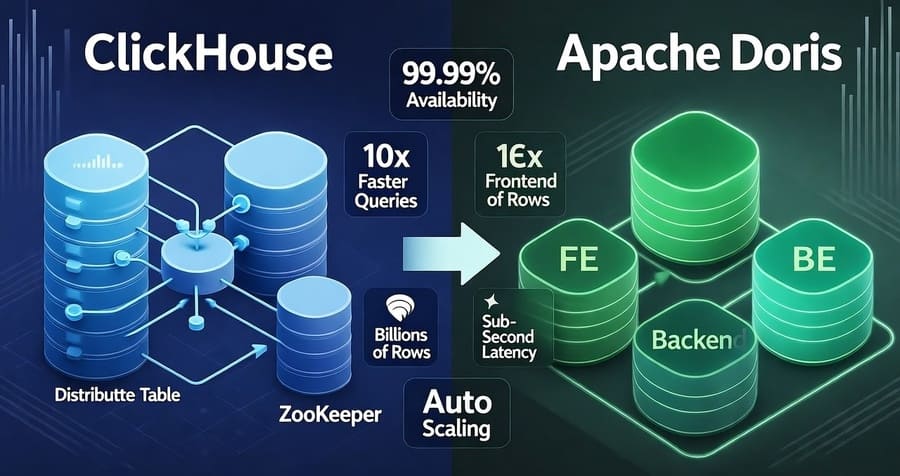

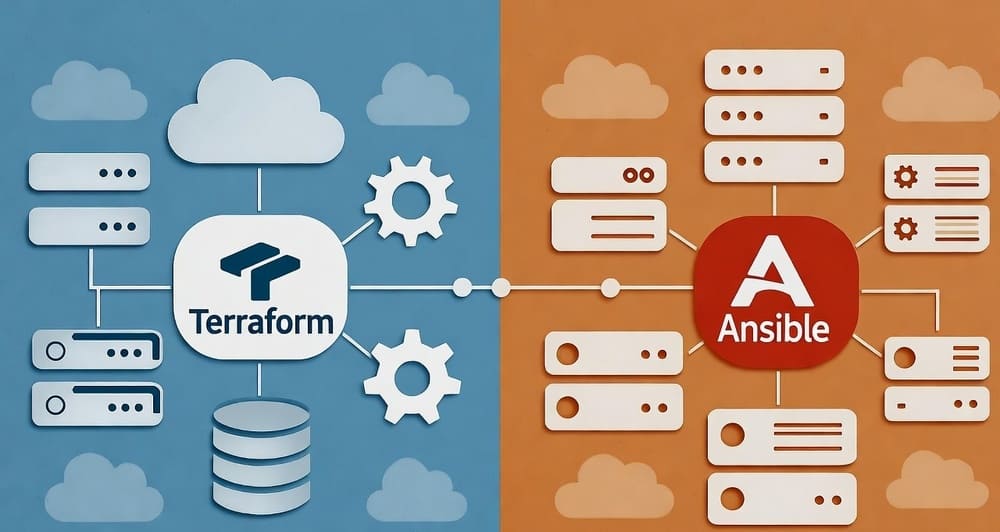
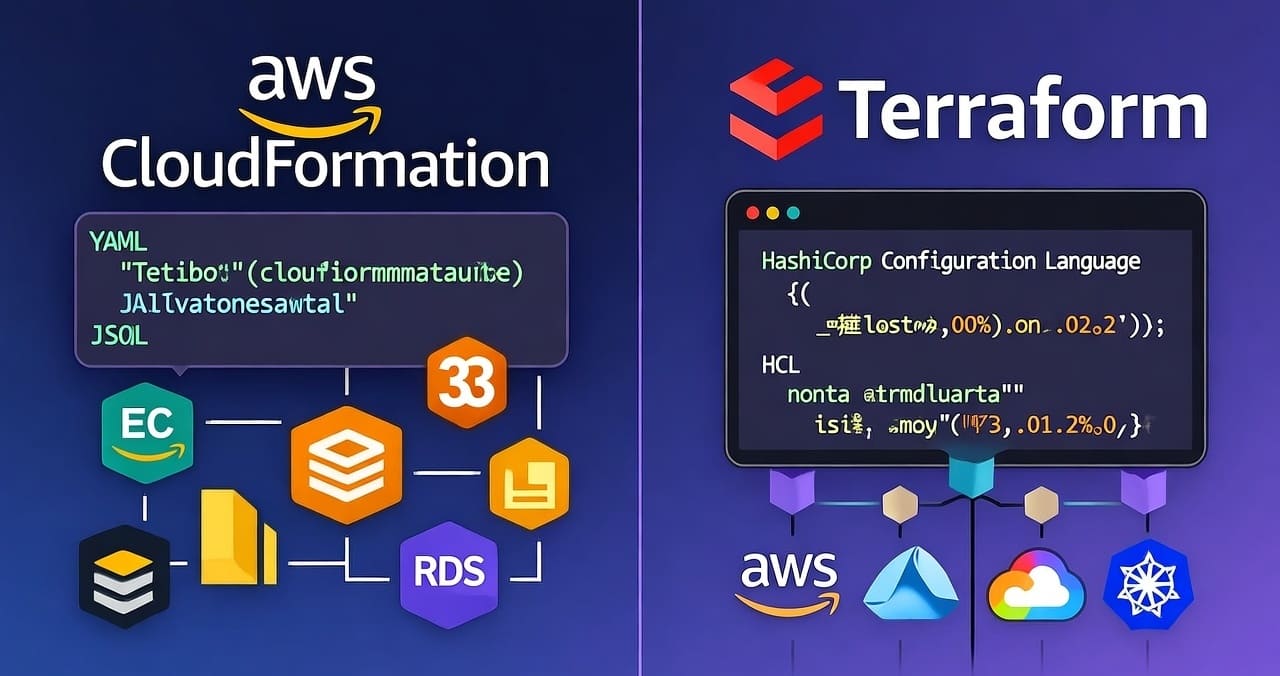
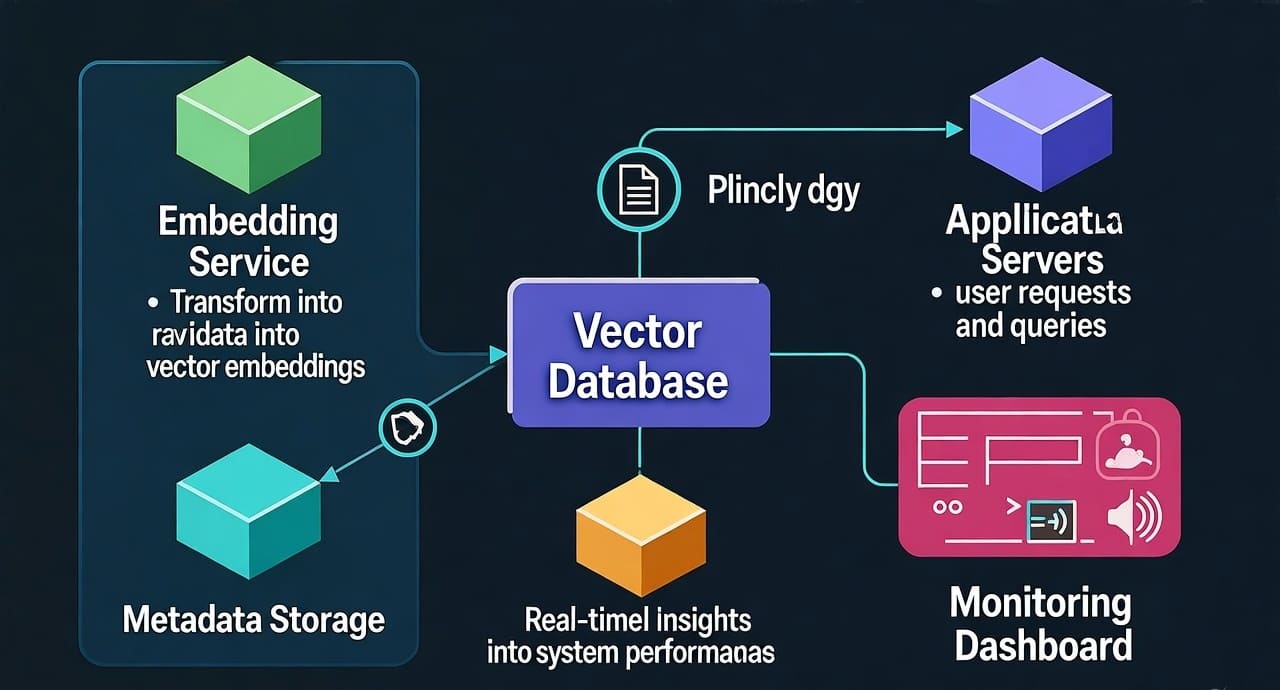




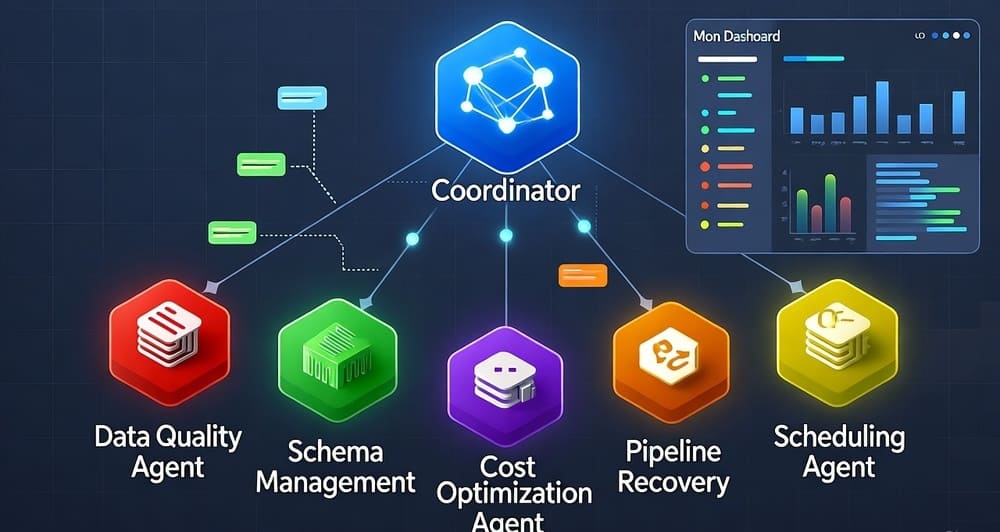

Leave a Reply